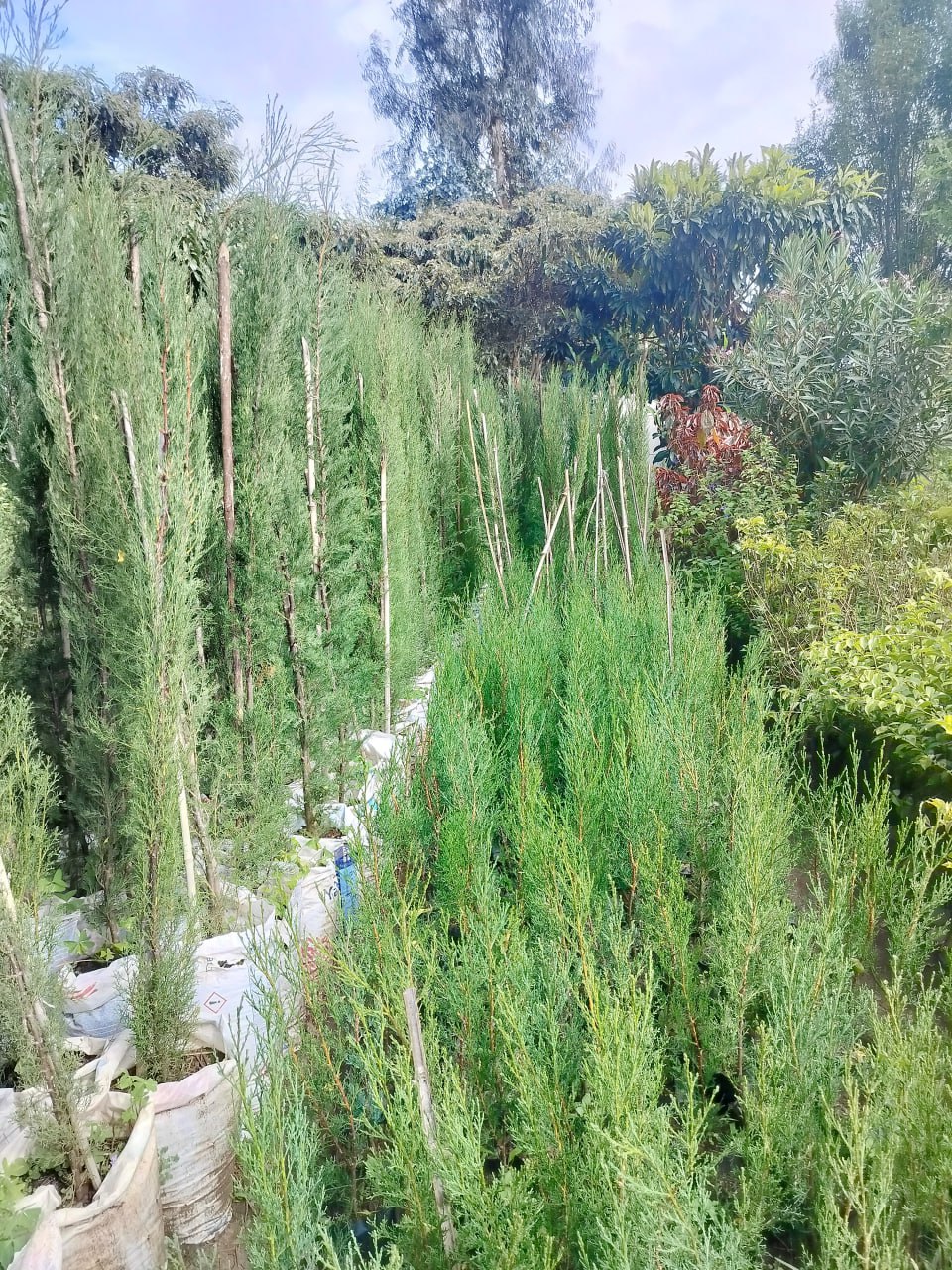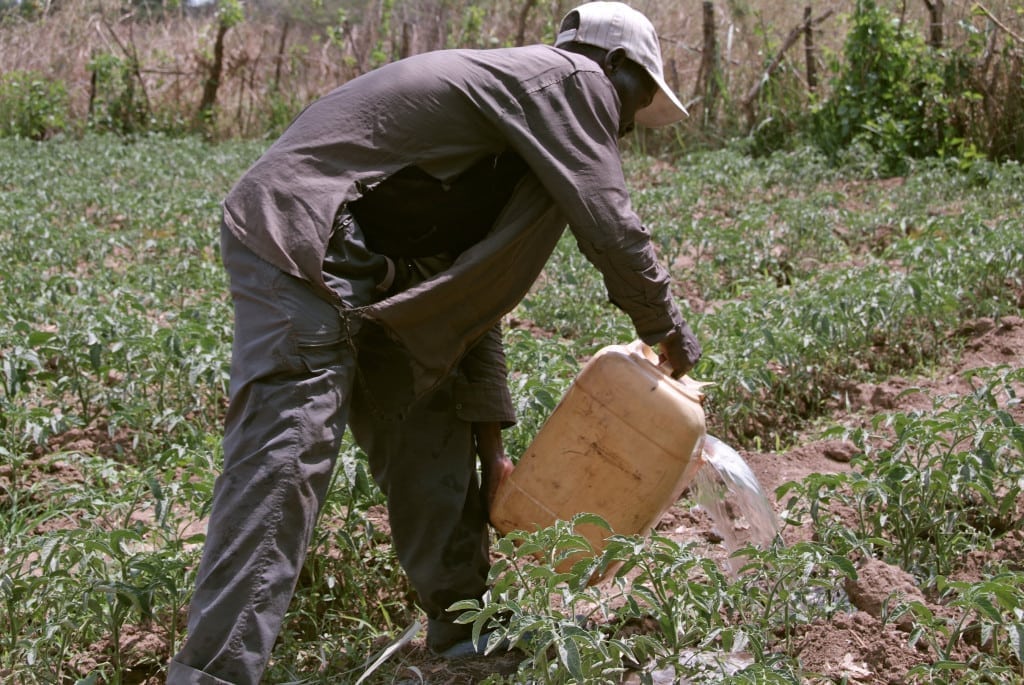This is a farming system that combines the cultivation of crops or livestock with the intentional
growth of trees on the same piece of land. This approach involves integrating trees into agricultural
landscapes to create a more sustainable and productive environment. Agroforestry systems can
take various forms, and they offer a range of benefits, including:
1. Diverse Planting: Growing a mix of trees, crops, and/or animals on the same piece of land.
2. Soil Health: Trees help improve soil fertility, reduce erosion, and enhance water retention.
3. Biodiversity: Creating habitats for diverse plant and animal species, promoting ecological balance.
4. Microclimate Control: Trees provide shade, windbreaks, and help regulate temperature, benefiting
crops and animals.
5. Nutrient Cycling: Leaves from trees contribute organic matter to the soil, enriching it with nutrients.
6. Water Management: Trees assist in regulating water flow and preventing water runoff.
7. Sustainable Timber Production: Growing trees for wood or other products alongside agricultural
activities.
8. Carbon Sequestration: Trees capture and store carbon dioxide, helping mitigate climate change.
9. Economic Benefits: Diversifying income sources through tree products such as fruits, nuts, or
timber.
10. Enhanced Resilience: Agroforestry systems are often more resilient to climate variations and
extreme weather events.
11. Windbreaks and Shelterbelts: Planting trees strategically to protect crops and livestock from
strong winds.
11. Fodder Production: Growing trees that provide fodder for animals, contributing to livestock
nutrition.
12. Medicinal Plants: Integrating medicinal trees and plants within the agroforestry system for
healthcare purposes.
13. Silvopasture Systems: Combining trees with pastureland to support both livestock grazing and tree
growth.
14. Wildlife Corridors: Establishing tree-lined corridors that connect natural habitats, promoting wildlife
movement.
15. Fruit Orchards: Including fruit-bearing trees in agricultural landscapes for additional income and
food sources.
16. Agroecological Resilience: Enhancing the overall resilience of farming systems to pests, diseases,
and climate stress.
17. Water Quality Improvement: Trees can act as filters, improving water quality by reducing
pollutants.
18. Shade-Grown Coffee: Cultivating coffee under the shade of trees, providing habitat for birds and
enhancing coffee quality.
19. Community Involvement: Involving local communities in the planning and management of
agroforestry systems.
So, agroforestry is like a super team of trees and farming working together for
a healthy and productive farm.
Why farmers should embrace Agroforestry; importance of agroforestry



